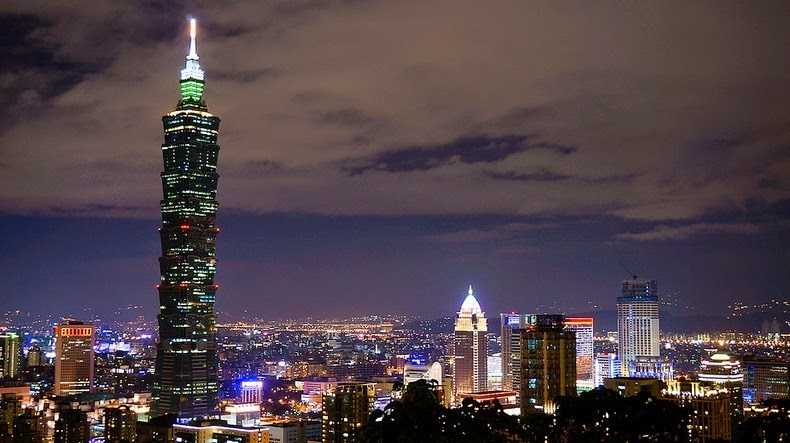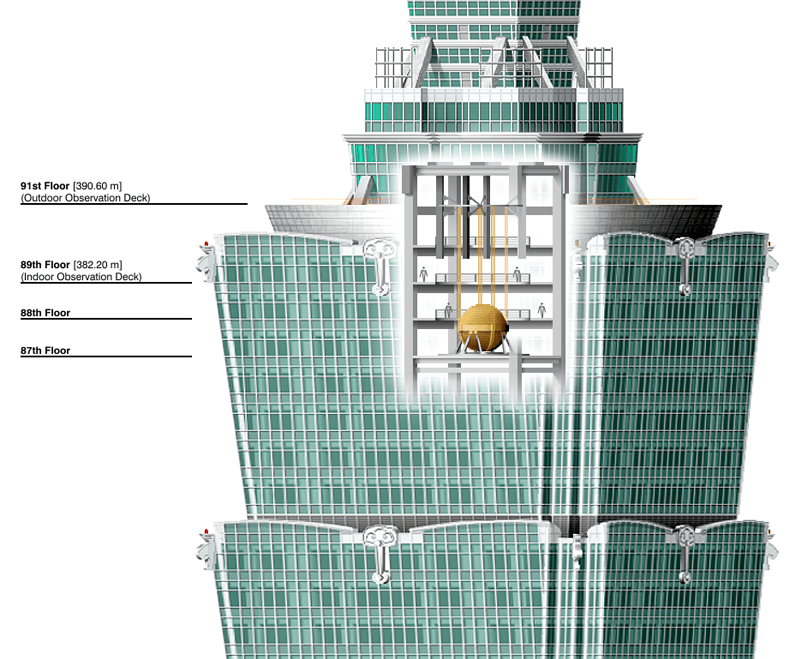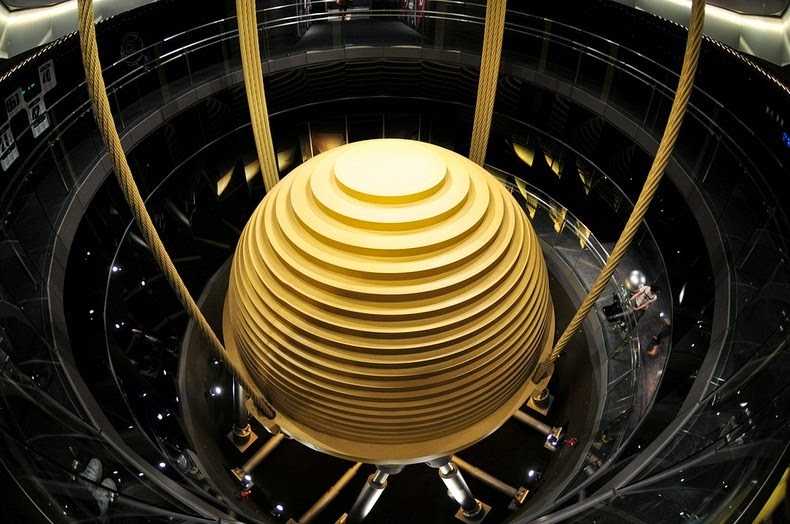Tuned mass damper
an interesting concept
This video explains in very simple and practical terms the concept of Tuned Mass Dampers (TMD). For this example, the TMD is a pendulum connected to the roof of the model structure.
The pendulum is “Tuned” because its length is calibrated in such a way that the natural frequency of the pendulum is (approximately) equal to the natural frequency of the building (see section about natural frequencies and resonance).
The pendulum has a certain “Mass”, which allows kinetic energy related to the sway of the frame to transfer to the pendulum and make it oscillate.
The friction related to the connection of the pendulum to the roof of the building allows to dissipate energy in the transfer between the building to the pendulum. This makes the pendulum a “Damper”.
Probably, the most famous application of a Tuned Mass Damper is the Taipei 101. This is a 509m-tall building located in Taipei, Taiwan. At the 87th floor, this building is equipped with a 728 Ton Tuned Mass Damper which allows to mitigate the effects of a potential earthquake that can propagate from an active fault located at 200m distance from the building.


